I recently shared an article where we took a closer look at Arabic calligraphy and how it evolved through the Islamic dynasties. Today I will explore the original Islamic calligraphy style from which all the calligraphy styles evolved. Can you guess which one it was?
Here are some hints:
- It was named after a city in Iraq.
- The letters are angular in shape.
- It was the main script used to copy the Quran.
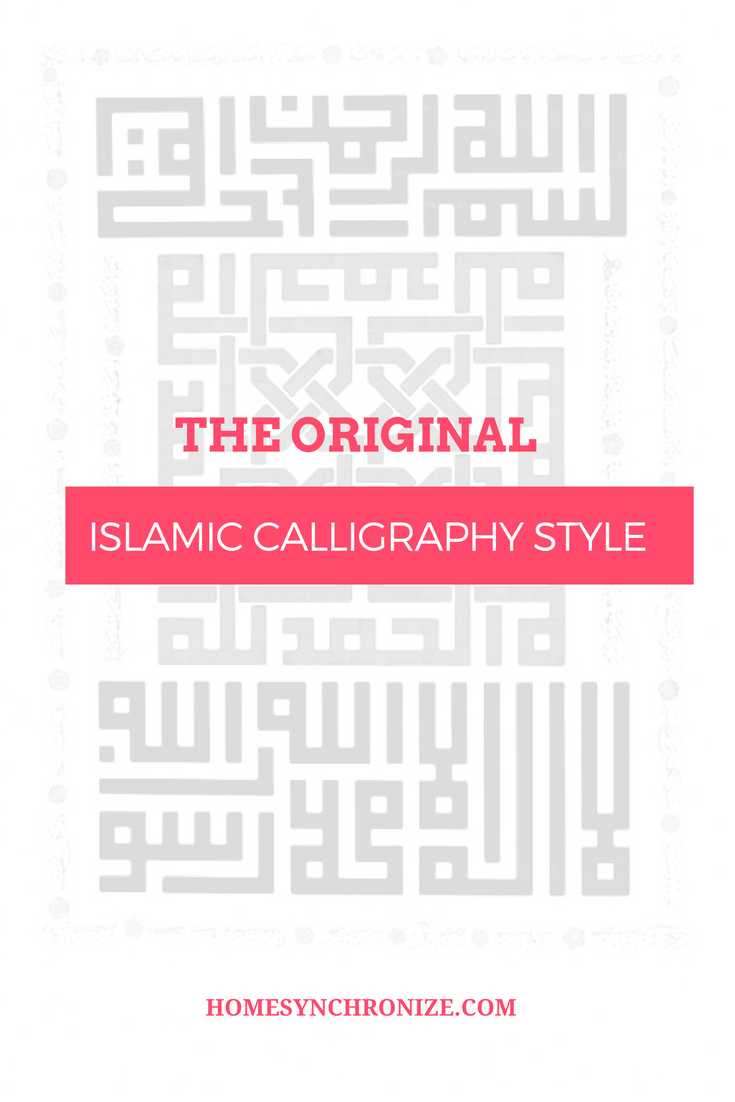
If you guessed the Kufi Style then yes, you are correct! (go ahead, give yourself a pat on the back)
During the 7th or 8th century, the earliest Arabic script known as the Jazm evolved into the Kufi style referring to the city of Kufa in Iraq where it first originated. Characterized with its angular lines, the original Kufi script consisted of 17 letters without dots or accents (Wikipedia). Below is a page from the Quran from the early 8th century. Subhan Allah! I can’t even guess what it says!
As Islam spread into non Arabic speaking areas, dots and accents were added to help with the pronunciation. Thus increasing the number of Arabic alphabets to 29.
Abul Aswad ad-Du’ali is credited with the invention of placing diacritical points to distinguish between certain identical consonants such as the ‘gaf’ and ‘fa’ in the Arabic alphabet. This system of diacritical marks is known as Tashkil (vocalization). Different colors also were introduced to differentiate between these marks–black for the diacriticals and red or yellow for the vocalics. Source
Much better! I can recognize a couple of words but not all. How about you? Are you able to read this page of the Quran from the 11-12th centuries? According to the source above, this is Aya 35-36 from Surat Gaffer. Suddenly it all makes sense now. 😉
The Kufi style was primarily used to record the Quran but later it was used as decoration on ceramics, glass, metal and architecture.
Decorative designs of this script could be seen on some pillars, minarets, porches and on walls of palaces. These decorations have been either done through plaster molding or by stone carving. Some ingenious craftsmen or artisans have successfully shown their artistic creations concerning Kufic script, in fine and multi-colored glazed tiles and sorted-out bricks. The history of all this covers a long period of 1000 years. Source
Minarets in Yazd, Iran (image by Mark Schlegel)
11th century ceramic bowl with Kufi script (Life in Minutes)
Studying the Calligraphy on Islamic coins can be a great source of information about the evolution of calligraphy styles through the Islamic civilization. The coins above are from the early Islamic dynasty. Can you pick out the coin with the Kufi style?
The kufic style underwent several developments depending on the region that used it. As a matter of fact, the origin of some artifacts were identified based on the kufi calligraphy style decorating them. One example of a Kufi script style that developed is the Fatimid kufi that developed in Egypt and is characterized with its thick lines.
Sultan Hasan Mosque in Cairo, Egypt (Stars in Symmetry)
Other variations of the Kufi script can be seen below
(Image from Sakkal.com)
By the 11th century, the angular form of the Kufi style was replaced with the curved lines of the Thuluth calligraphy style which will be our topic for a future blog post. Inshallah next week I will show you how to create a unique piece of art with the Kufi calligraphy style. Stay tuned.
**If you are not only friends’ list, make sure to sign up now so as not to miss any of my future blog posts.
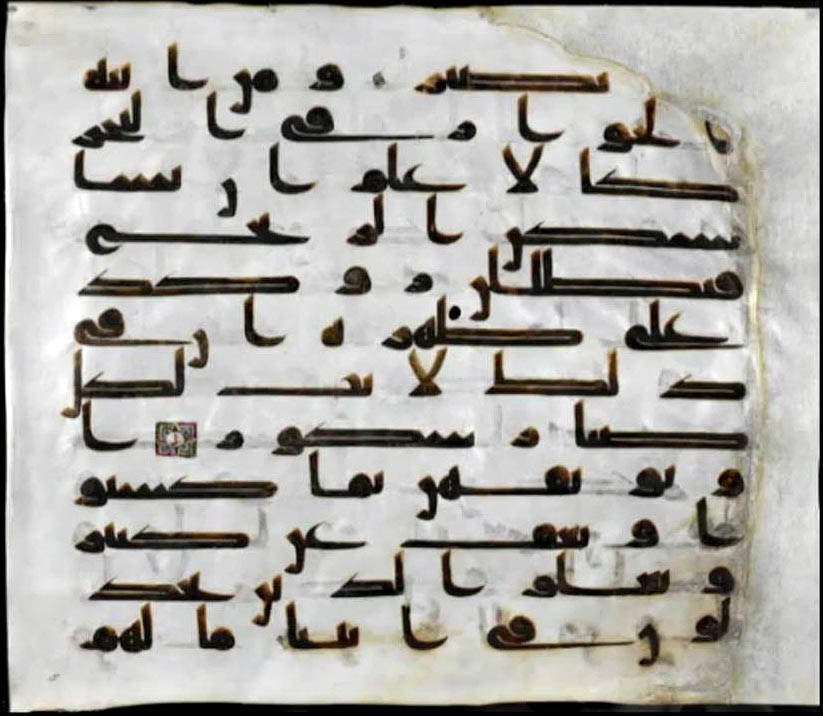
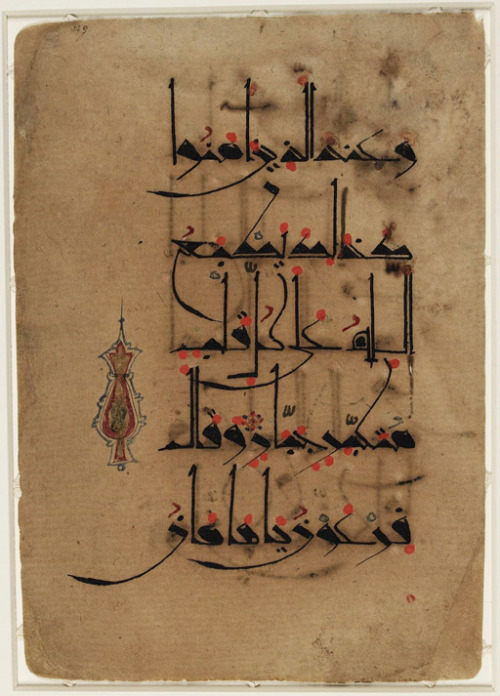

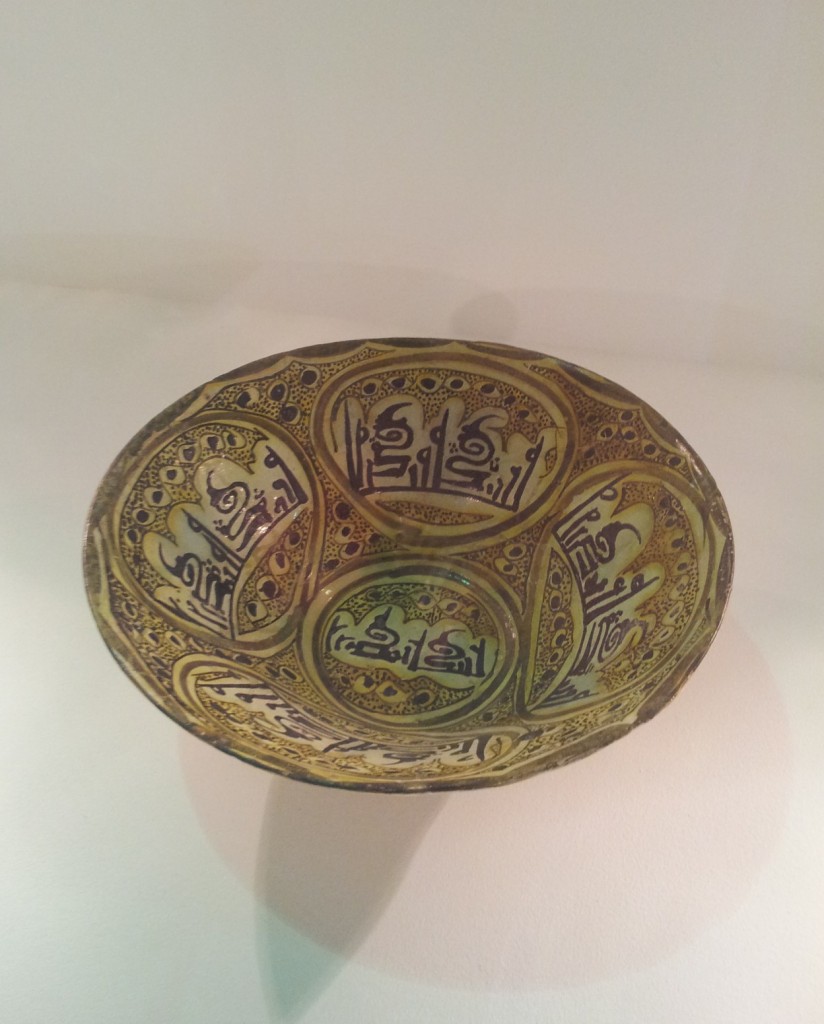


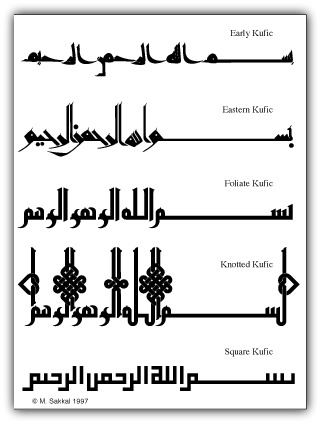

Leave a Reply